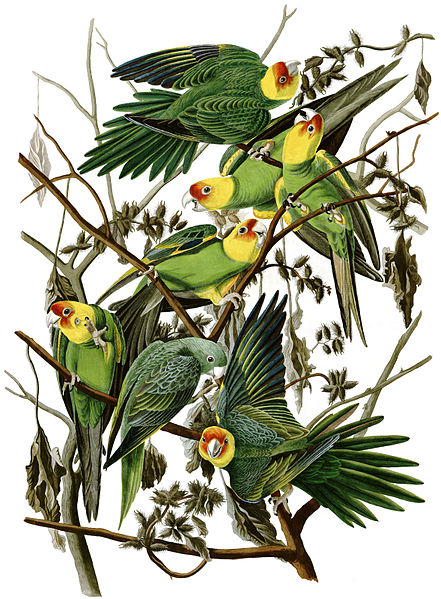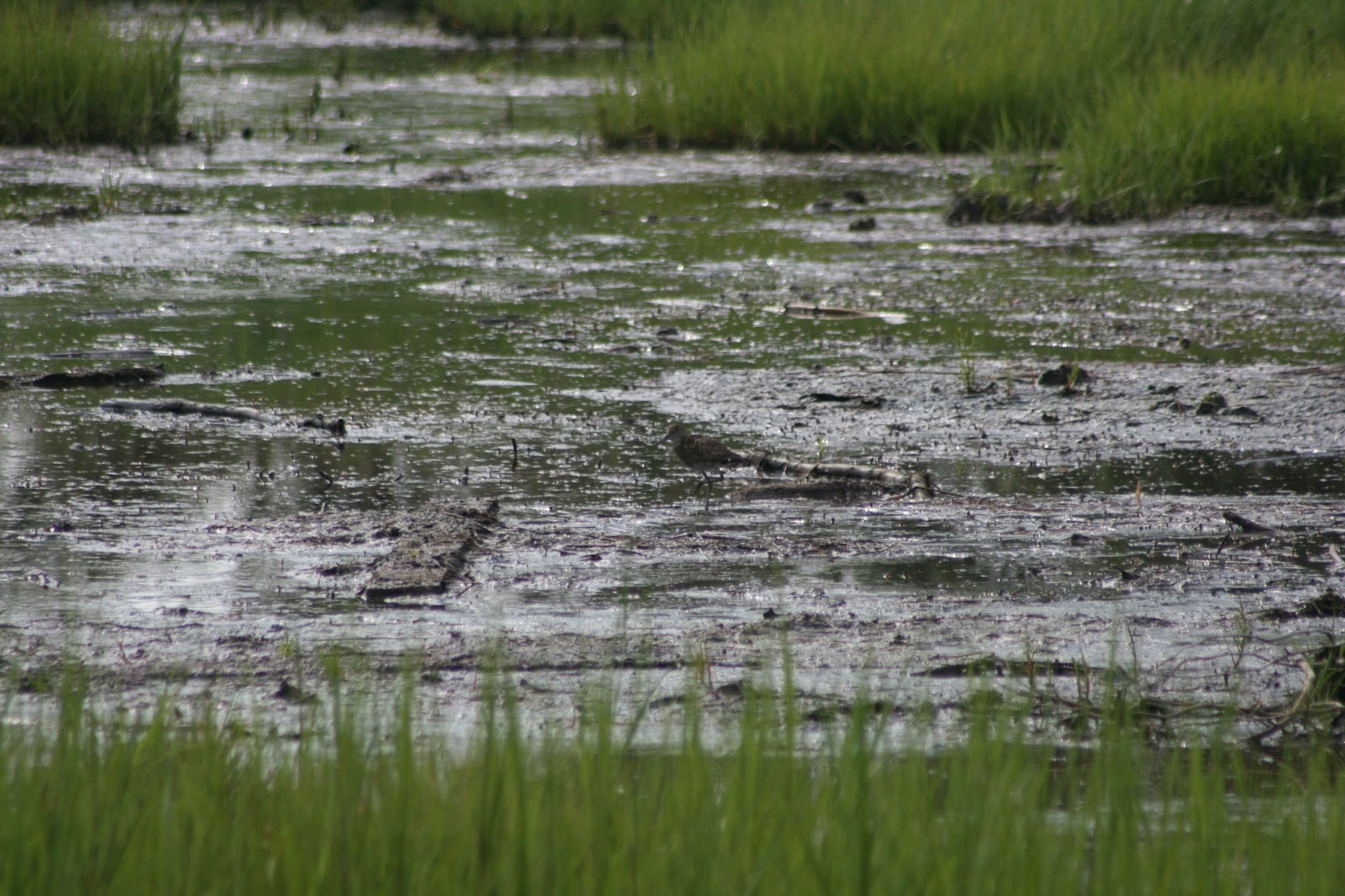The opening of the new park was not the easiest process. As I walked the park and heard from several people, many mentioned how difficult it was to secure the land. The land was along Route 1, a major state route along the CT shore, and definitely was prime real estate. When the land first became available, people wanted to make it a park, but then it was bought by a developer. After zoning commissions and issues with the developer, it was the recession of 2008 that killed the prospects of the developer turning the land into condos. While the Recession made developing less desirable, it took an alliance of Parks people, Conservationists, and towns people to make the park a reality. Along with the natural spaces, there are plenty of people spaces as well. While some will complain about the balance, I do appreciate any effort to get people outside as a good effort. This is proof that good environments can be made to be friendly to all sorts of life. I am also excited to visit this park to see how it develops and how the people and animals use. So far, its been a success, 1 visit and 1 life bird, a solitary sandpiper! Definitely enough to keep me going back for more!
Common Tern Adult and Juvenile at Hammonasset State Park
Eastern Black Swallowtail
Two Glossy Ibises and a Little Blue Heron
A Female Seaside Dragonlet
Spice Bush Swallowtail
A Solitary Sandpiper, Can you find it?
2013 Year List: 236
Solitary Sandpiper, latest Life Bird





















